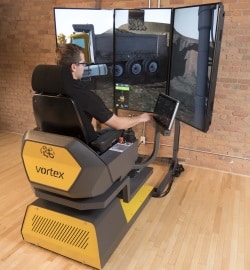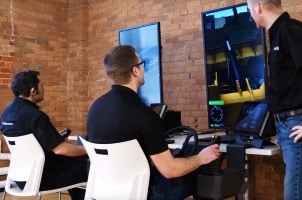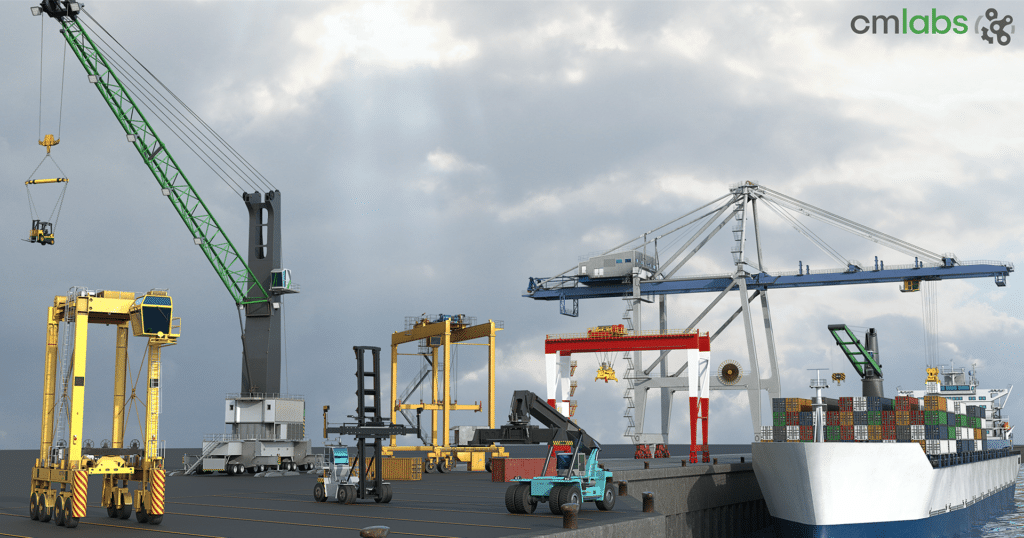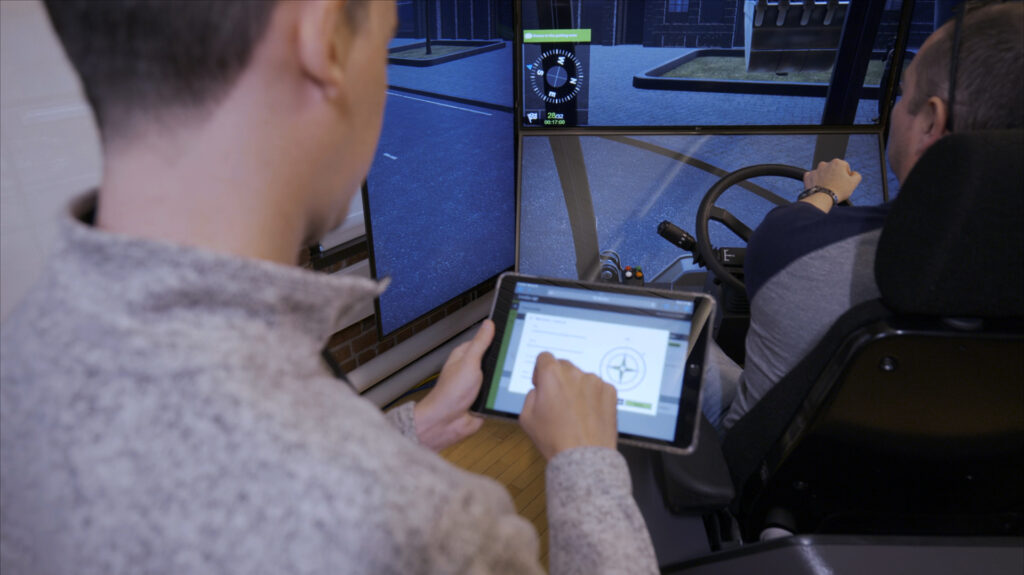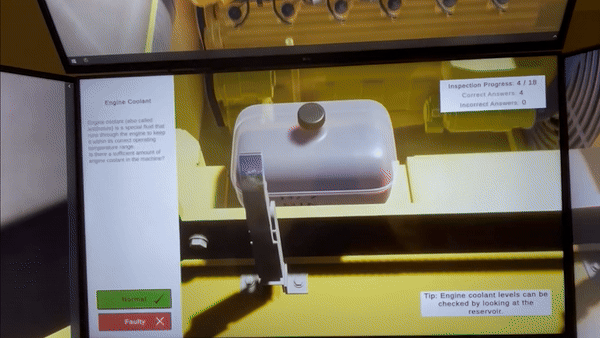One of the most common questions I get asked when I show what Vortex Studio
can do is “can my computer run it”. Obviously, the performance of your simulation will vary based on its size, complexity and level of optimization, but in this article, I will go over what you need for a Vortex Studio Editor
developer station, and what you need to power a simulator.
Hardware Requirements
Our recommended minimum requirements guide suggests using a CPU with at least a 3.4GHz clock speed. The CPU handles all the dynamics calculations of your simulation, amongst other tasks, and so its clock rate has a significant impact on overall performance.
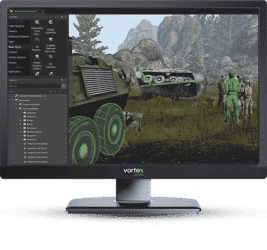
On the RAM side, the amount you will need changes depending on whether you are building a development station or a computer to be used in a simulator. Our desktop development application, the Vortex Studio Editor, provides a lot of useful tools. Some of these tools, such as the profiler panel or the ability to inspect any extension used to design a simulation, add overhead to your simulation’s own requirements. With this in mind, we typically recommend using a computer with at least 16GB of RAM. This will provide adequate performance, especially if you are working on smaller virtual environments. If you are working on larger environments and mechanisms, then you probably want to go for 32GB of RAM.
If you are assembling a computer that will be part of your simulator, then the RAM requirements will be lower – between 8GB and 16GB for the same kind of performance you would have on your development machine.
As far as GPUs go, the amount of power you need depends on the number of displays you want to power with a single computer and the visual complexity of the equipment and scenes that you plan to simulate, but at a minimum we recommend using a NVIDIA GeForce GTX 9xx series card. Within this series, the 970 and 980 are particularly recommended. To be future-proof, consider going with the 1070 and 1080 cards.
Can I Run the Vortex Studio Editor on a Laptop?
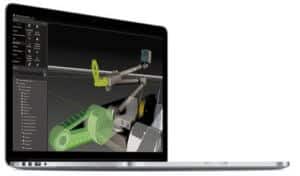
This is usually the follow-up question I hear when I’m discussing with engineering or robotic system designers, who want to use Vortex Studio for virtual prototyping purposes.
Since Vortex Studio has its root in the real-time training simulation world, we’ve historically validated performance on desktop-grade graphics cards. But over the last few years, we’ve seen more and more requests for support of laptop-grade cards. And that is even more true with the launch of the free Essentials edition.
With Vortex Studio 2017a, we’ve expanded the list of supported GPUs to include the NVIDIA Quadro and Intel HD lines. I strongly recommend you validate your card against the official Vortex Studio minimum system requirements, but it is now entirely possible to run a Vortex Studio simulation on a laptop. To get the best performance these, it is actually possible to buy a laptop equipped with a desktop-grade full-size NVIDIA GeForce 1070 card, providing great graphics performance.
Some Examples from Our Own Simulators
As you probably know, CM Labs offers its own line of simulator hardware platforms.
